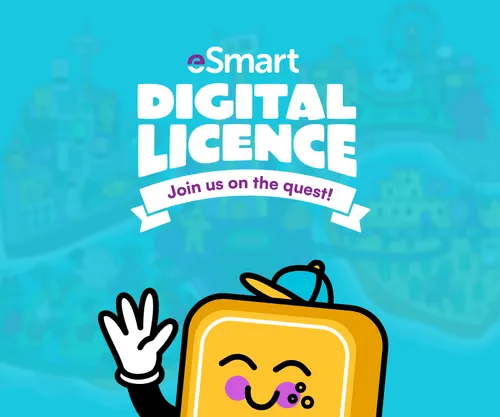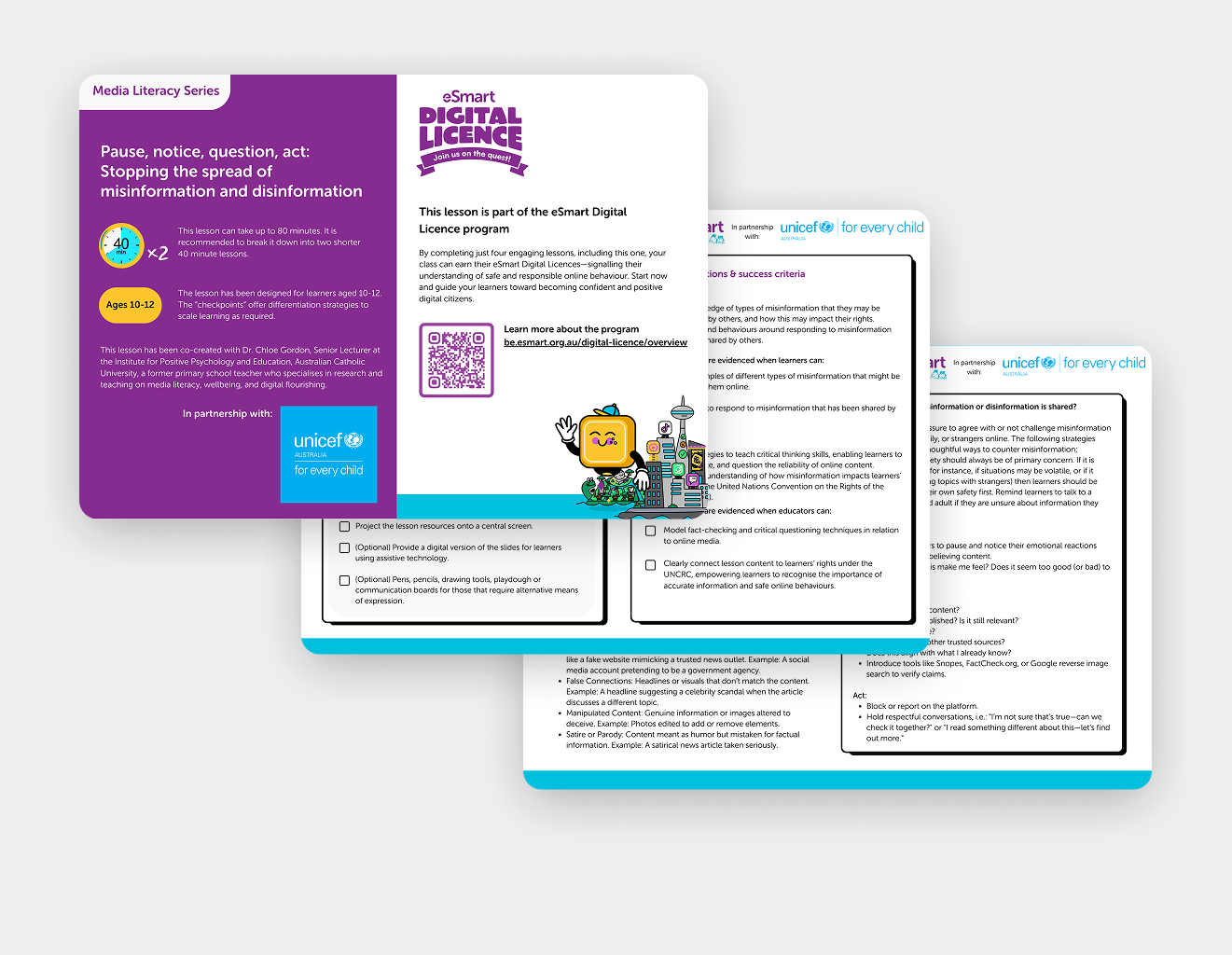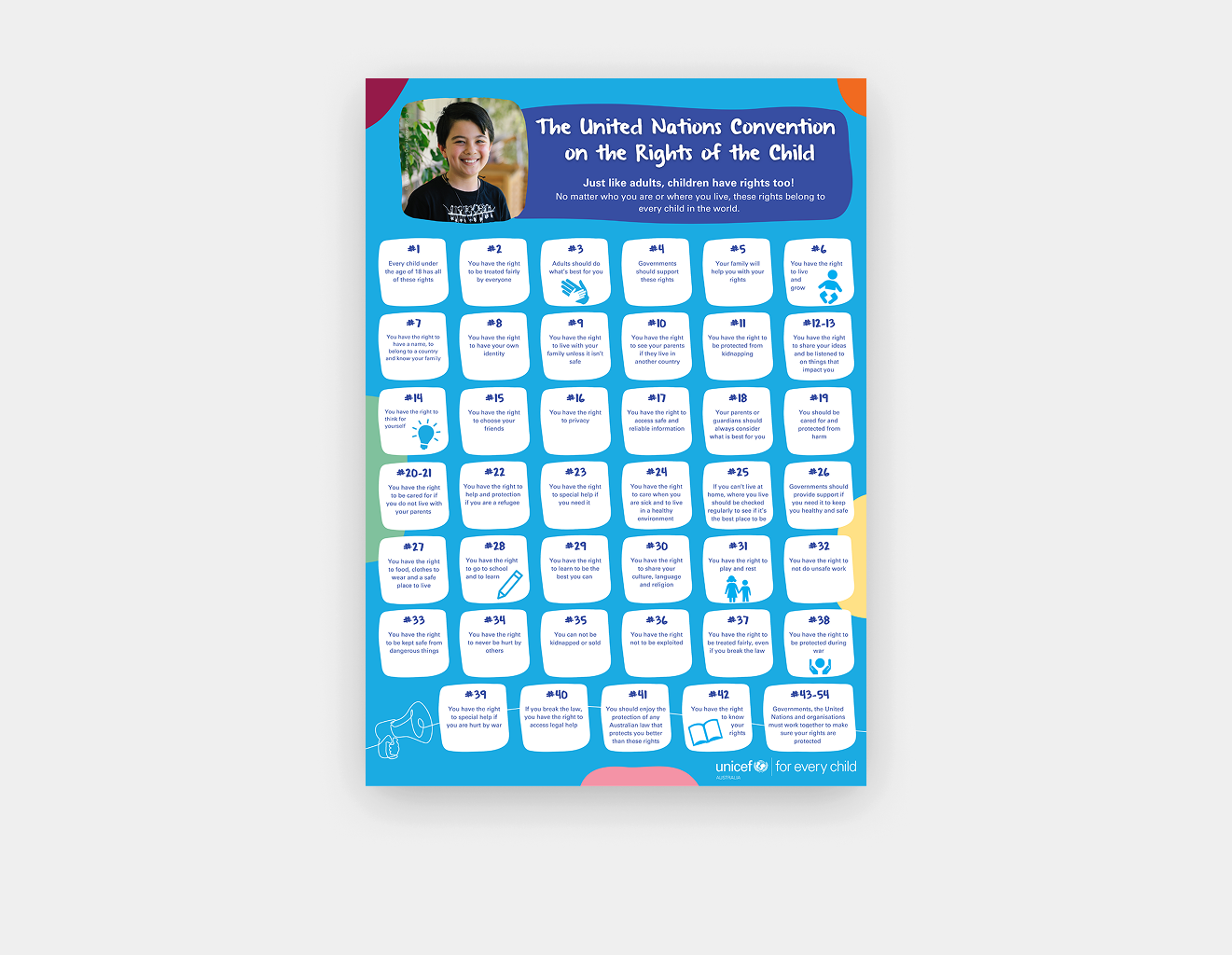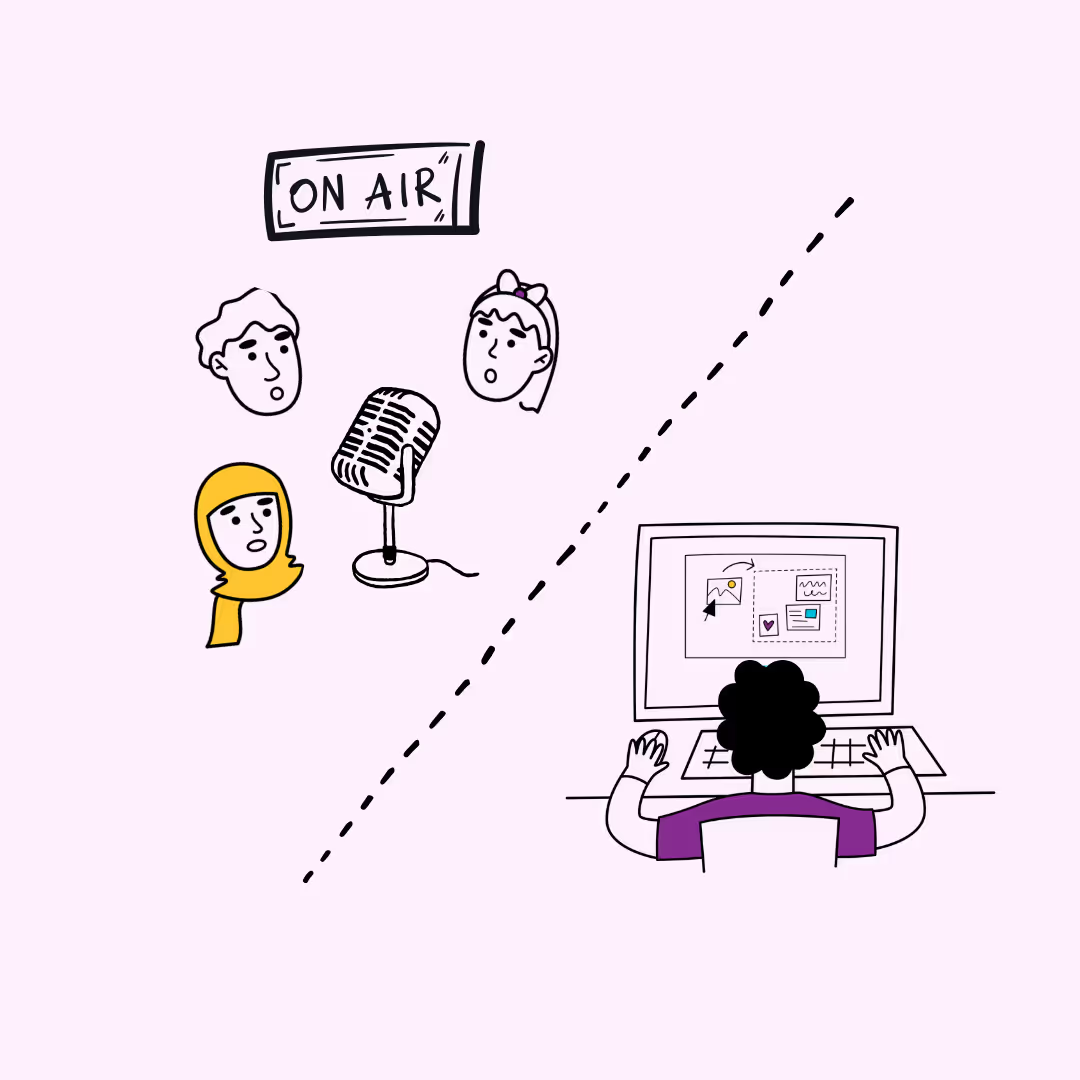Download Lesson Pack
Pause, Notice, Question, Act: Stopping the Spread of Misinformation and Disinformation

Child Safeguarding Statement
Some resources and activities may prompt a child to remember and potentially share an experience of harm. Make sure you’re familiar with your school's safeguarding policies and procedures so you can confidently report safety and well-being concerns.
Prepare students for the session by discussing: their right to be safe and respected; what to do if discussing online safety makes them feel uncomfortable or unsafe; and how to seek help if they feel or have felt unsafe. Use this resource available on the website.
Pause, Notice, Question, Act: Stopping the Spread of Misinformation and Disinformation
Learners build critical thinking skills to recognise and respond to misinformation that is shared with them.
Lesson details
Contact
About this Risk Area
When potentially harmful contact is initiated by others online, including strangers who may pose risks such as exploitation or identity theft.
Example topics:
- Online privacy and security practices, including setting strong passwords and managing privacy settings.
- Recognising and responding to online threats, such as phishing scams and identity theft.
- Establishing boundaries for online interactions and understanding the risks of sharing personal information online.
- Seeking help and reporting inappropriate or harmful online behaviour to trusted adults or authorities.
The resources for this risk area support learning in relation to safe online communication, privacy settings, and establishing boundaries for interacting with others on the internet.
In this lesson, learners will learn how to identify and respond to misinformation shared with them by family, friends, ads, or other online sources. Learners will develop critical thinking skills to pause, recognise their emotional response, ask key questions to verify facts, and decide on appropriate actions, such as ignoring false information or informing a trusted adult.
This lesson aligns with and promotes several principles from the United Nations Convention on the Rights of the Child, including the right to access reliable information (Article 17), by empowering learners to seek, evaluate, and use accurate information while understanding their responsibility in sharing it. The lesson also upholds the right to protection from harmful content (Article 19) by teaching learners how to safeguard themselves and others from the potential dangers of misinformation.
Learning Intentions
Learners will:
- Develop knowledge of types of misinformation that they may be presented with by others, and how this may impact their rights.
- Develop skills and behaviours around responding to misinformation that has been shared by others.
These intentions are evidenced when learners can:
- Identify examples of different types of misinformation that might be shared with them online.
- Model ways to respond to misinformation that has been shared by others.
Educators will:
- Develop strategies to teach critical thinking skills, enabling learners to pause, evaluate, and question the reliability of online content.
- Deepen their understanding of how misinformation impacts learners' rights under the United Nations Convention on the Rights of the Child (UNCRC).
These intentions are evidenced when educators can:
- Model fact-checking and critical questioning techniques in relation to online media.
- Clearly connect lesson content to learners’ rights under the UNCRC, empowering learners to recognise the importance of accurate information and safe online behaviours.
Curriculum alignment
Australian Curriculum (Version 9.0)
The Australian Curriculum outlines the fundamental knowledge, comprehension, and abilities students are expected to acquire as they advance through the initial 11 years of schooling.
Year 5: English
- AC9E5LA01: Understand that language is selected for social contexts and that it helps to signal social roles and relationships.
- AC9E5LA02: Understand how to move beyond making bare assertions by taking account of differing ideas or opinions and authoritative sources.
- AC9E5LA07: Explain how the sequence of images in print, digital and film texts has an effect on meaning.
- AC9E5LY02: Use appropriate interaction skills including paraphrasing and questioning to clarify meaning, make connections to own experience, and present and justify an opinion or idea.
- AC9E5LY03: Explain characteristic features used in imaginative, informative and persuasive texts to meet the purpose of the text.
- AC9E5LY05: Use comprehension strategies such as visualising, predicting, connecting, summarising, monitoring and questioning to build literal and inferred meaning to evaluate information and ideas.
Year 6: English
- AC9E6LA02: Understand the uses of objective and subjective language, and identify bias.
- AC9E6LA07: Identify and explain how images, figures, tables, diagrams, maps and graphs contribute to meaning.
- AC9E6LY01: Examine texts including media texts that represent ideas and events, and identify how they reflect the context in which they were created.
- AC9E6LY02: Use interaction skills and awareness of formality when paraphrasing, questioning, clarifying and interrogating ideas, developing and supporting arguments, and sharing and evaluating information, experiences and opinions.
- AC9E6LY03: Analyse how text structures and language features work together to meet the purpose of a text, and engage and influence audiences.
- AC9E6LY05: Use comprehension strategies such as visualising, predicting, connecting, summarising, monitoring and questioning to build literal and inferred meaning, and to connect and compare content from a variety of sources.
Years 5 & 6: Health and Physical Education
- AC9HP6P04: Describe and demonstrate how respect and empathy can be expressed to positively influence. relationships
- AC9HP6P08: Analyse and rehearse protective behaviours and help-seeking strategies that can be used in a range of online and offline situations.
- AC9HP6P10: Analyse how behaviours influence the health, safety, relationships and wellbeing of individuals and communities.
Years 5 & 6: Media Arts
- AC9AMA6E01: Explore ways that media languages and media technologies are used in media arts works and practices across cultures, times, places and/or other contexts.
My Time, Our Place – Framework for School Age Care in Australia
This framework assists educators to provide children and young people with opportunities to maximise their potential and develop a foundation for successful lifelong learning. The Framework has been designed for use by approved providers and school age care educators working in partnership with children and young people, their families and the community, including schools.
Outcome 2: Children are connected with and contribute to their world.
Children learn about the impact of sharing information and how to engage positively with their community.
This is evident when children:
- Identify how their actions in sharing or addressing misinformation affect others in online spaces.
Outcome 4: Children are confident and involved learners.
Children engage in critical thinking and problem-solving to assess the reliability of information.
This is evident when children:
- Use fact-checking tools to verify information and confidently articulate their findings.
Outcome 5: Children are effective communicators.
Children share their understanding of misinformation and strategies for addressing it through collaborative activities.
This is evident when children:
- Communicate their findings about misinformation to peers and trusted adults, fostering shared learning.
CASEL Framework
This Framework creates a foundation for applying evidence-based, Social and Emotional Learning (SEL) strategies both at school and in the broader community. Its aim is to support the cultivation of SEL skills and environments that advance students’ learning and development.
Responsible Decision-Making
The lesson encourages critical thinking and informed decision-making in digital interactions. This is evident when learners:
- Use the “Pause, Notice, Question, Act” framework to analyse the credibility of online information and decide how to respond.
- Evaluate the consequences of sharing misinformation, both for themselves and for their communities.
Bournemouth University Theory of Change
This project, funded by the Department for Digital, Culture, Media and Sport (DCMS) as part of the UK government's Online Literacy Media Strategy, aims to empower people to stay safe online by being able to critically evaluate what they see and read on the internet. It offers a transferable and sustainable framework and methodology that can not only be used for the independent evaluation of media literacy projects but also to inform their future design.
- Consequences: Media literacy can contribute to significant change if we take media literacy actions that can make a constructive and positive impact on the media ecosystem in our lives and on the lives of others in a functioning civic society. Consequences may include challenging misinformation, producing media content and / or online information, sharing trustworthy content on social media, trying to increase the representation of people who are marginalised in the media, data activism or more critical and mindful non-action (e.g. not sharing misinformation, changing data settings).
National Association of Media Literacy Education (NAMLE)
The NAMLE Framework outlines the foundational concepts and principles for teaching and learning about media literacy. Media literacy, as defined by NAMLE, is the ability to access, analyze, evaluate, create, and act using all forms of communication.
Core Principle 1
- 1.1: MLE encourages learners to ask critical questions about the media they engage with.
- 1.2: MLE intersects with other literacies, such as critical thinking, social literacy, and emotional literacy.
Core Principle 2
- 2.1: MLE includes digital, visual, and social media as valid forms of literacy.
- 2.3: MLE integrates emotional and physiological responses to media.
Core Principle 3
- 3.1: MLE equips learners with transferable skills for evaluating media and making informed decisions.
Core Principle 6
- 6.1: MLE promotes responsible and ethical behaviour in digital interactions.
- 6.3: MLE encourages collaborative problem-solving and dialogue.








.avif)
.avif)